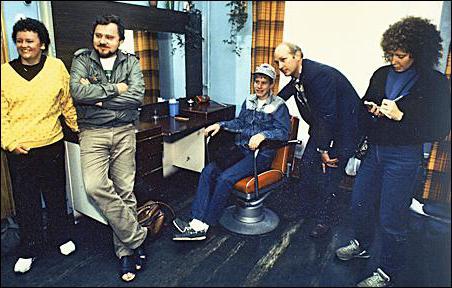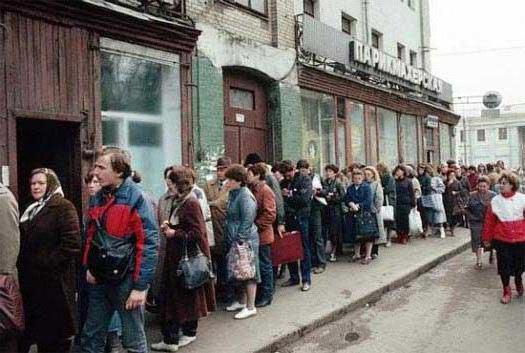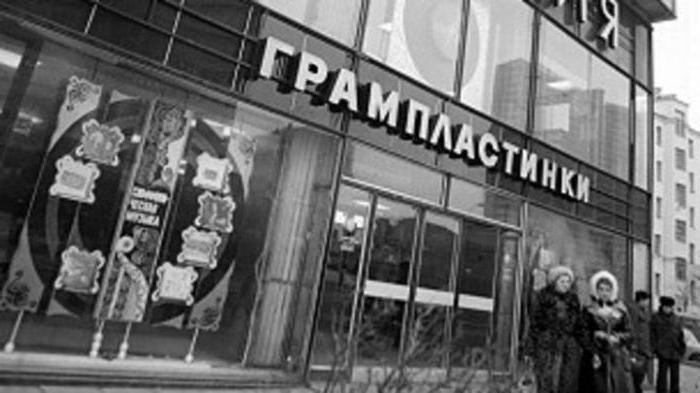In 1986, a law was passed in the USSR that completely changed the vector of state development. The government legalized individual labor activity (ITD). This marked the beginning of the social restructuring of the world's largest power. Our article will explain why the role of the free labor law should not be underestimated.
The role of the law
All over the world, law students are required to study laws that have long had no legal effect. This is necessary to assess the historical development of legal norms. In the CIS countries, special attention is paid to legal acts of the times of "perestroika", in particular, to the law on individual labor activity. Why is this document so important?
Soviet society divided the historical stages into socio-economic formations proposed by Karl Marx. In the first four classes, the category of private property played an important role. Marxists considered this element unacceptable for the construction of the last, socialist formation. But private property is not so easy to ban. The first step towards its elimination was the prohibition of individual labor.
A little later they decided to forget about the idea of building socialism. At the end of the 80s, Soviet power decided to change the vector of development. A law was passed on individual labor activity, which served as the beginning of "perestroika" - a return to the capitalist system.
Self-employment: what is it?
Individual work should not be confused with individual entrepreneurship. Despite some similarities, these categories are hardly the same. However, the legalization of free labor has become a source of development of a market economy. This is clearly seen in the content of the law.
In article 1 of the normative act, one can find the definition of individual labor activity: these are useful occupations of citizens that are not of an official nature. Moreover, the state is ready to promote the free working activity of every person.
The law still did not provide an opportunity to extract unearned income. Wage labor remained under the ban. In fact, only the creation of cooperatives was allowed - public organizations that were not associated with state authorities.
Types of individual labor activity
The law clearly defined areas in which Soviet citizens could work freely. The first and main area was considered to be handicraft and craft production. Production of clothes, shoes, carpets and other embroidered products was allowed. Soviet men could engage in carpentry or pottery, the manufacture of tools, gear and other useful things. Under the ban was the creation of perfumes, precious products, weapons and other items that could be called dangerous or valuable.
The second area in which free labor was allowed was related to the provision of services. The whole country was flooded with many small ateliers, hairdressers, repair or construction companies and other organizations. The latter, the socio-cultural sphere, included the provision of educational services. Tutors, private music teachers, translators, etc. appeared.
It should be remembered that the law on individual labor activity did not supplant the rules on the prohibition of "parasitism". Free labor could only be an addition to the main, formal work.
The duties of individual workers
Soviet citizens wishing to engage in individual work were presented with a number of requirements. The state tightly controlled every cooperative. This was manifested in the analysis of documentation, verification of sanitary and fire standards, control of tax operations, etc.
The main duty of self-employed citizens was the timely payment of taxes. Representatives of cooperatives carried income information to the district financial department. The amount of taxes levied was determined by financial legislation every year. We can only say that the amounts transferred to the state were truly enormous. Often the tax reached 100% of the income received. But how is this possible? Let's come back to this a bit later.
Views on the Individual Employment Act
There are different views on this law. Some researchers believe that individual labor did not affect the restructuring process. It was a purely socialist law, introducing almost no market elements. This is easy to prove by comparing the law on ITA with regulations adopted in the era of the new economic policy (NEP). To some extent, the laws of the early 1920s were more liberal.
There is another point of view. Its followers argue that the law on ITD has interrupted a long era of stagnation. The last two decades of the Soviet Union have been characterized by a complete lack of important measures and ideas. Moreover, the 1986 act served as the beginning of the formation of a new, completely different state system.
Of course, the features of individual labor activity were very Soviet, not at all capitalist in nature. However, the very decision to adopt such a law can be called bold and revolutionary.
Individual labor development
What resulted in the decision to adopt the law in question? Soviet citizens received the long-awaited opportunity to engage in additional earnings. People could get a little more finance than they earned in official jobs. But was it that simple?
The Soviet government, not wanting to give complete freedom to the participants in cooperatives, introduced the concept of "super-profit." It was a question of monetary sums that exceeded twice the average wages. Such amounts were simply seized. This was a tax of 100%. It became a real problem for individual workers: it was necessary to earn exactly that much so that the government could not seize. However, it did not take long to suffer. Already in 1988, the Law on Cooperation was adopted. Finally, the development of individual labor activity has occurred. The situation of entrepreneurs has significantly weakened.
Individual Entrepreneurship
What is the difference between individual labor activity and individual entrepreneurship? Both types of activities are self-executing activities. It is produced at your own peril and risk. The main goal of individual entrepreneurship is to generate income. The same cannot be said about individual labor: here the goal is the development of social labor and the cultivation of independence.
Individual work activity is a phenomenon that cannot be applied to today. It is associated with many restrictions and prohibitions. Moreover, individual labor can be called the "parent" of individual entrepreneurship. This is its importance and epoch-making.